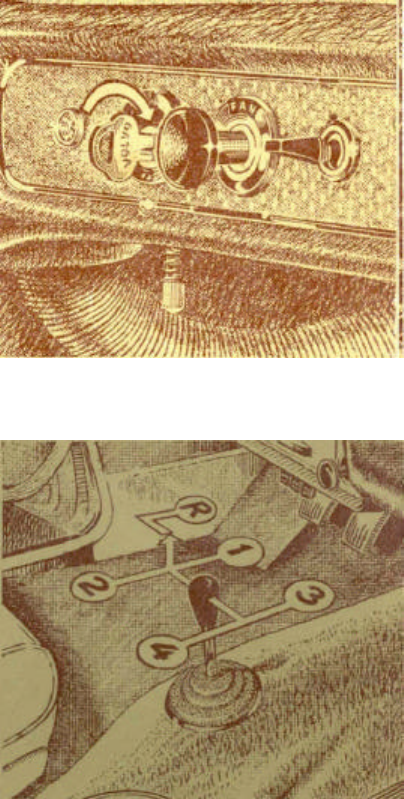
Source – Volvo AB, Göteborg, Sweden page 14(35)
Reprint 2001 Karl Eric Målberg
1. Depress the clutch pedal
2. Turn the ignition key to the starting
position. Release the key as soon as
the engine starts.
You can the drive the car as soon as the
oil gauge shows a reading. Since the
engine is fitted with an oil cooler there
can be a slight delay before the oil
pressure gauge shows a reading. If the
engine is cold, the gauge will show a
relatively high reading, which is however
normal.
Gear shifting
The transmission is synchronised on all
gears. If the synchronising is to work, in a
satisfactory way, the clutch must be fully
depressed. Let the engine speed go
down when shifting to a higher gear, and
increase it when shifting to a lower gear.
If the engine is to work in the best
possible way it is important to suit the
point at which the gear shifting is carried
out to the speed of the car so that engine
speed is maintained within certain limits,
neither to high, nor to low. If the engine
speed is to low, the result will be poor
pulling power and unfavourable loading
of the engine and power train.
If the engine speed is to high, on the other hand, fuel consumption will be higher, the
pulling power of the engine will be decreased and better acceleration will not be
obtained. The normal speed range for the engine is1500-5000 r.p.m. Do not exceed
6500 r.p.m.
Never let the engine labour in a high gear but shift down in good time. If you need
good pulling power, however, and the engine is working easily under slight
acceleration, this does naturally not prevent you from going down below 1500 r.p.m.


















